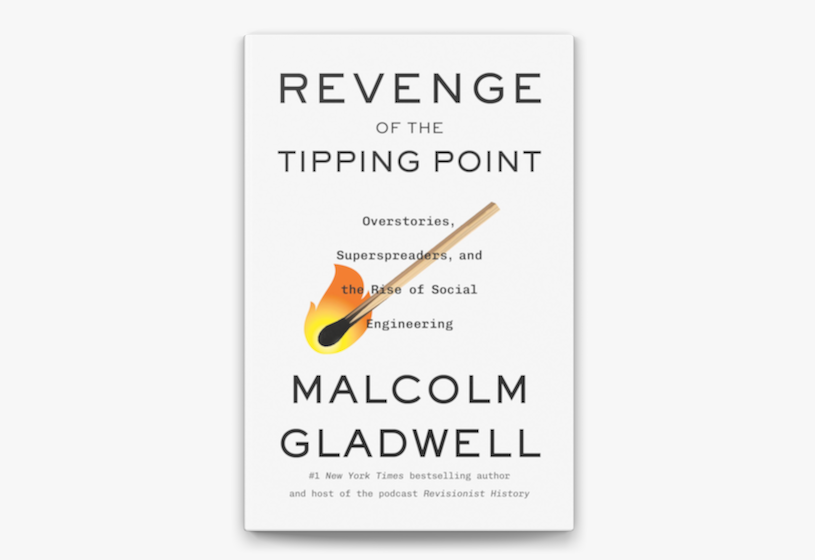
Photo: David McNew/Getty Images
WHAT A DIFFERENCE A FEW DECADES CAN MAKE. When the reader first meets Jaron Lanier, often touted as the “father of virtual reality,” in Silicon Valley in the early 1980s, the valley is a gearhead’s playpen filled with quirky places and even quirkier people—Mr. Lanier chief among them. Uncredentialed either as a businessman or as an academic, he is driven in his pursuit of a technology he can barely explain, much less realize. (It would be years before computers could display convincing imagery in a 3-D headset.)

EXPERIENCE ON DEMAND: What Virtual Reality Is, How It Works, and What It Can Do, by Jeremy Bailenson
Norton, 290 pages, $28.95
DAWN OF THE NEW EVERYTHING: Encounters with Reality and Virtual Reality, by Jaron Lanier
Holt, 351 pages, $30
Fast-forward to 2014, when Jeremy Bailenson, a Stanford professor and one-time Lanier protégé, is giving a virtual-reality demo to Mark Zuckerberg, the founder and CEO of Facebook. By this time the technology is so advanced that Mr. Zuckerberg can be sent flying through the air like Superman. Apparently the illusion worked: Weeks later, in a move that shocked just about everyone, Mr. Zuckerberg would shell out $2 billion to buy the startup Oculus VR, which had yet to ship a product.
Books: Digital Life |
Against the StreamMood Machine, by Liz PellyThe Wall Street Journal | Jan. 26, 2025 |
Learning to Live With AICo-intelligence, by Ethan MollickThe Wall Street Journal | April 3, 2024 |
Swept Away by the StreamBinge Times, by Dade Hayes and Dawn ChmielewskiThe Wall Street Journal | April 22, 2022 |
After the DisruptionSystem Error, by Rob Reich, Mehran Sahami and Jeremy WeinsteinThe Wall Street Journal | Sept. 23, 2021 |
The New Big BrotherThe Age of Surveillance Capitalism, by Shoshana ZuboffThe Wall Street Journal | Jan. 14, 2019 |
The Promise of Virtual RealityDawn of the New Everything, by Jaron Lanier, and Experience on Demand, by Jeremy BailensonThe Wall Street Journal | Feb. 6, 2018 |
When Machines Run AmokLife 3.0, by Max TegmarkThe Wall Street Journal | Aug. 29, 2017 |
The World’s Hottest GadgetThe One Device, by Brian MerchantThe Wall Street Journal | June 30, 2017 |
We’re All Cord Cutters NowStreaming, Sharing, Stealing, by Michael D. Smith and Rahul TelangThe Wall Street Journal | Sept. 7, 2016 |
Augmented Urban RealityThe City of Tomorrow, by Carlo Ratti and Matthew ClaudelThe New Yorker | July 29, 2016 |
Word Travels FastWriting on the Wall, by Tom StandageThe New York Times Book Review | Nov. 3, 2013 |

 February 6, 2018
February 6, 2018




